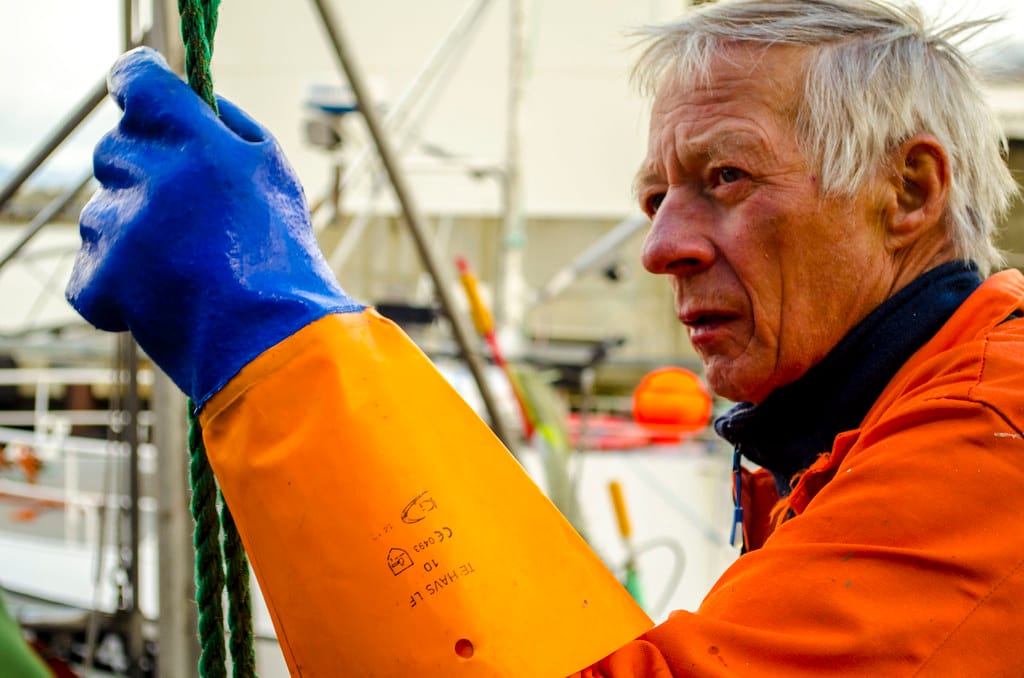
Workers using tools like chainsaws, grinders, or jackhammers face a hidden and irreversible threat—Hand-Arm Vibration Syndrome (HAVS). This condition affects nerves, blood vessels, and muscles, causing disability and massive financial losses for employers. While anti-vibration gloves are widely promoted as a solution, do they truly deliver protection? This article explores HAVS hazards, EN ISO 10819 standards, performance limits of gloves, and buying strategies to ensure compliance and safety.
Anti-vibration gloves help reduce vibration transmission from power tools to the hand, lowering the risk of HAVS. Certified gloves must meet EN ISO 10819 vibration attenuation standards. While effective for high-frequency vibration, they work best as part of a broader HAVS risk control plan, including tool maintenance and exposure limits.
Why HAVS Is a Serious Workplace Hazard
- Symptoms of HAVS include:
- Tingling, numbness, and loss of finger sensation
- Reduced grip strength, making tools hard to handle
- Advanced cases lead to white finger (permanent circulatory damage)
- Regulatory Pressure:
- UK Control of Vibration at Work Regulations sets exposure limit: 5.0 m/s² A(8)
- Employers failing to comply risk fines and compensation payouts
Real-World Incidents Expanded:
Case #1 – Forestry Operation, Canada:
A chainsaw operator ignored early HAVS signs for years. Eventually diagnosed with severe HAVS, he could no longer grip tools. Compensation payout: $75,000, plus employer retraining costs of $15,000.Case #2 – Automotive Plant, Germany:
An assembly worker developed HAVS after daily use of orbital sanders for 8 years. No monitoring, basic leather gloves only. Settlement: €60,000 and permanent disability benefits.Case #3 – UK Road Construction:
A jackhammer operator suffered finger blanching and extreme pain. Despite wearing "anti-vibration gloves," exposure exceeded legal limits. Company fined £20,000 for failing to implement tool monitoring and job rotation.Case #4 – U.S. Metal Fabrication:
Grinder operator filed a claim after HAVS diagnosis. Investigation revealed non-certified gloves marketed as “anti-vibration” with zero EN ISO 10819 compliance. Lawsuit settled for $80,000.
Understanding EN ISO 10819 Standard
EN ISO 10819 sets lab testing benchmarks for gloves claiming vibration reduction:
- Performance Criteria:
- TRm ≤ 1.0 for mid-frequency vibrations (31.5–200 Hz)
- TRh ≤ 0.6 for high-frequency vibrations (200–1,250 Hz)
- Gloves must display the vibration protection pictogram for compliance.
Important Caveat:
Testing occurs under controlled conditions. Real-world results vary due to tool type, grip force, and temperature.
Do Anti-Vibration Gloves Really Work?
✔ Effective at reducing high-frequency vibration (grinders, sanders)
✖ Minimal benefit for low-frequency tools (jackhammers, breakers)
✖ Cannot replace exposure management (job rotation, tool maintenance)
Buyer Insight: Gloves reduce transmission by 10–20% on average—good, but not a standalone solution.
Key Features of Quality Anti-Vibration Gloves
- Viscoelastic or gel pads in palm and fingers for shock absorption
- Reinforced thumb and index finger zones for high-contact areas
- Breathable fabrics for heat dissipation during long shifts
- Grip-enhancing coatings for wet or oily tool handles
Common Mistakes Buyers Make
- Buying gloves without EN ISO 10819 certification.
- Believing gloves eliminate HAVS risk entirely.
- Ignoring glove fit—loose gloves reduce damping performance.
- Not replacing gloves when padding hardens or compresses over time.
Industry Applications
| Industry | High-Risk Tools |
|---|---|
| Forestry | Chainsaws, brush cutters |
| Construction | Jackhammers, tampers, breakers |
| Automotive | Grinders, polishers, sanders |
| Metal Fabrication | Rivet guns, chipping hammers |
The Real Cost of Wrong Choices
- Medical claims: $25,000–$75,000 per worker
- Regulatory fines: Up to £20,000 per case in the UK
- Indirect cost: Loss of skilled workers, retraining new staff
- Insurance premium increases after HAVS-related claims
Audit Fact: In 2023, 22% of HAVS compensation claims were linked to missing or uncertified PPE.
Quick Procurement Checklist
- [ ] Verify EN ISO 10819 compliance
- [ ] Select gloves matching tool vibration frequency
- [ ] Ensure proper size and comfort for extended wear
- [ ] Combine PPE with HAV monitoring and rotation policies
- [ ] Keep records of PPE certification for audits
Buyer FAQ
Q: Can gloves alone prevent HAVS?
A: No. They reduce risk but must be part of a full HAVS program.Q: Are all anti-vibration gloves equally effective?
A: No. Only those tested to EN ISO 10819 provide verified protection.Q: How long do gloves last?
A: 6–12 months depending on tool type, usage frequency, and exposure.
Additional Buyer Insights
- Use job rotation to keep exposure below A(8) limits.
- Combine PPE with HAVS monitoring tools like accelerometer-based devices.
- Train workers to report early HAVS symptoms—early detection saves careers.
Conclusion
Anti-vibration gloves help reduce HAVS risk—but they’re not a silver bullet. Buyers must combine certified PPE, exposure monitoring, and training for a comprehensive HAVS prevention program.
Need EN ISO 10819-certified gloves for forestry, construction, or automotive industries?
📩 Email: [email protected]
🌐 Website: www.workwearsolutions.net
Zion Zhang
Recent Posts
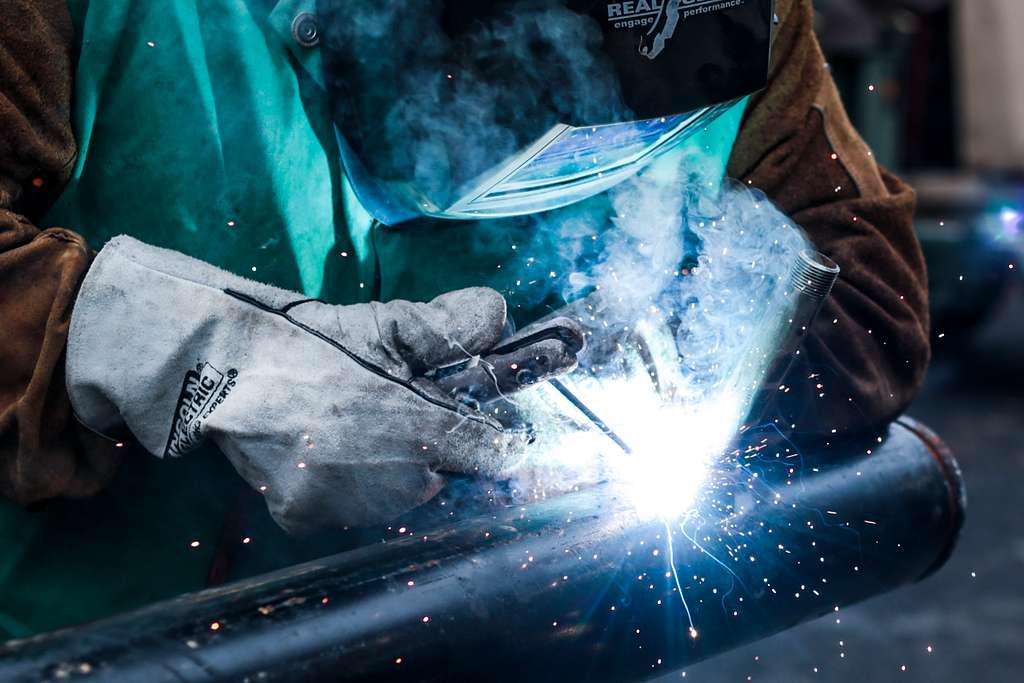 Heat-Resistant Gloves: EN 407 Ratings and Industrial Applications2025年8月2日Working in high-temperature environments without the right […]
Heat-Resistant Gloves: EN 407 Ratings and Industrial Applications2025年8月2日Working in high-temperature environments without the right […] Chemical-Resistant Gloves: Choosing the Right Material for Every Hazard2025年8月2日Working with chemicals without the correct gloves can lead […]
Chemical-Resistant Gloves: Choosing the Right Material for Every Hazard2025年8月2日Working with chemicals without the correct gloves can lead […]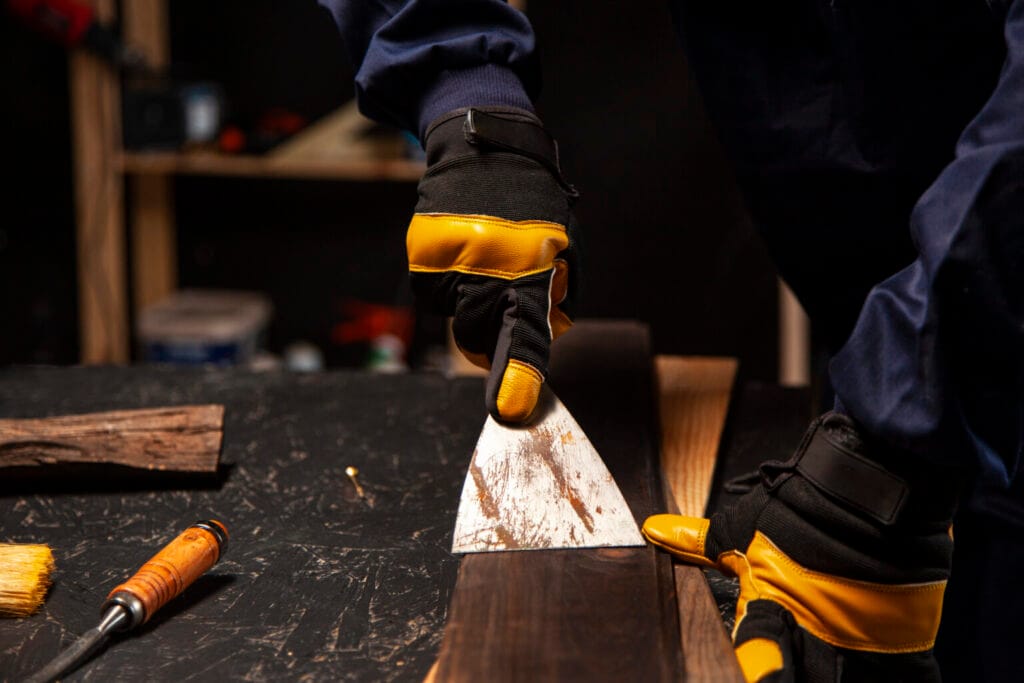 Cut-Resistant Gloves: Levels Explained (ANSI A1–A9 & EN 388)2025年8月2日Cuts and lacerations are still one of the top causes of […]
Cut-Resistant Gloves: Levels Explained (ANSI A1–A9 & EN 388)2025年8月2日Cuts and lacerations are still one of the top causes of […]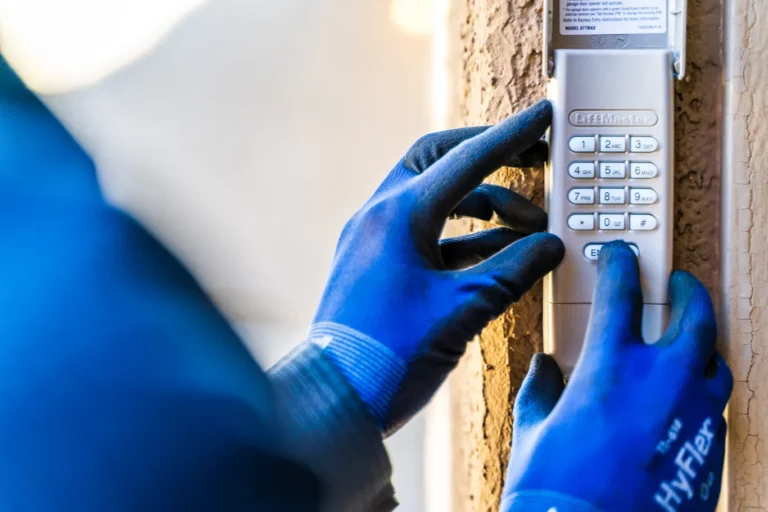 Electrical Insulating Gloves: Understanding ASTM D120 & IEC 60903 Standards2025年8月2日Working around live electricity without proper gloves is a […]
Electrical Insulating Gloves: Understanding ASTM D120 & IEC 60903 Standards2025年8月2日Working around live electricity without proper gloves is a […]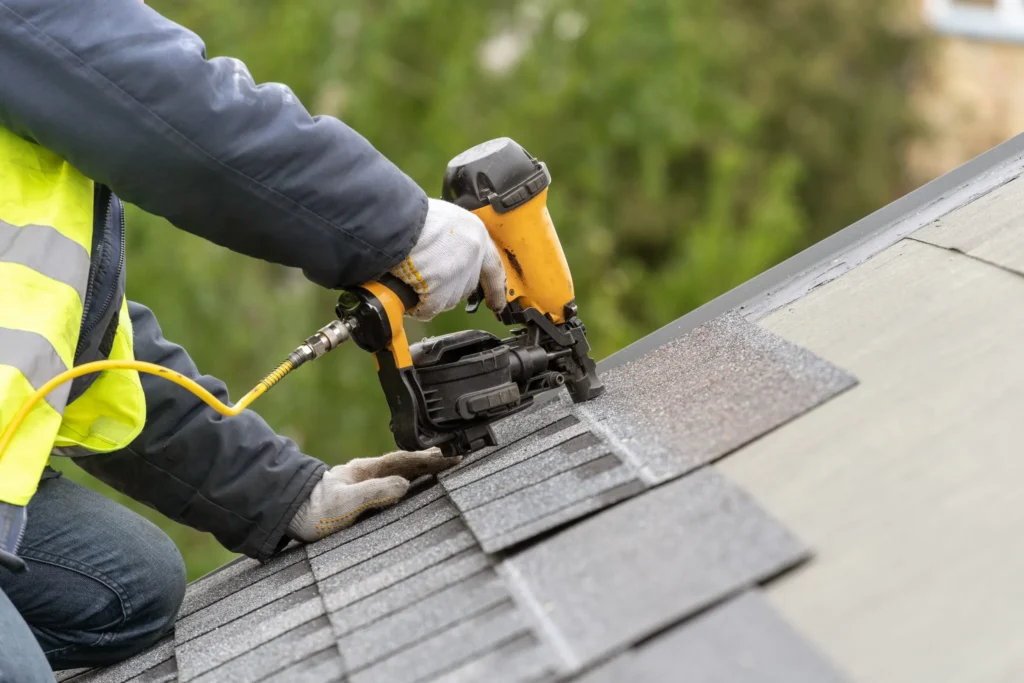 Impact-Resistant Gloves: ANSI/ISEA 138 Explained2025年8月2日Crush injuries, finger fractures, and severe bruising are […]
Impact-Resistant Gloves: ANSI/ISEA 138 Explained2025年8月2日Crush injuries, finger fractures, and severe bruising are […]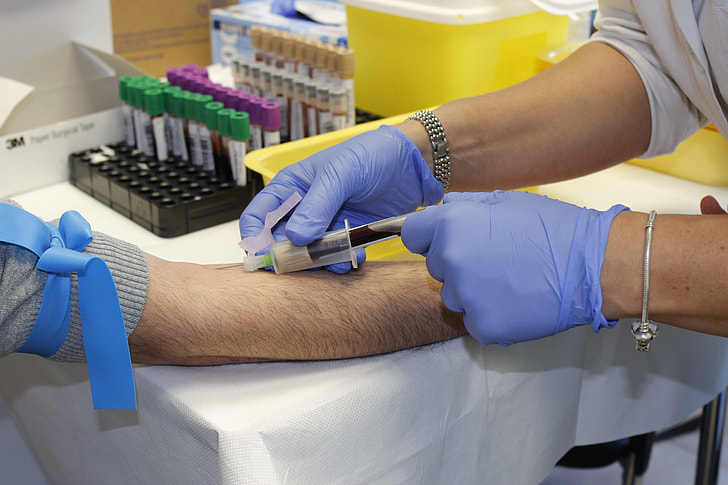 Disposable Gloves in Industrial Settings: When Are They Safe Enough?2025年8月2日Disposable gloves are everywhere—in labs, food plants, and […]
Disposable Gloves in Industrial Settings: When Are They Safe Enough?2025年8月2日Disposable gloves are everywhere—in labs, food plants, and […]
CONTACT US
- Feel free to contact us any time. We will get back to you as soon as we can!
- +86-17330061805
